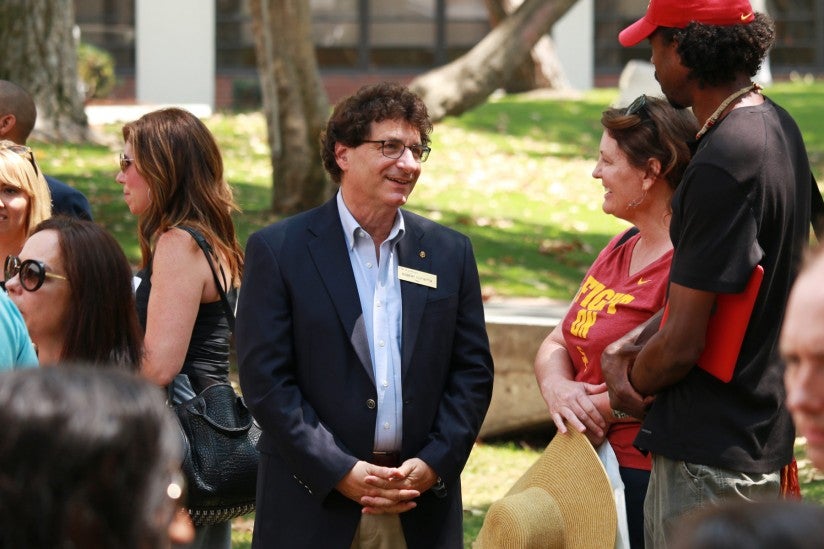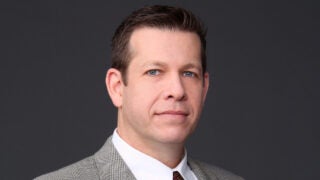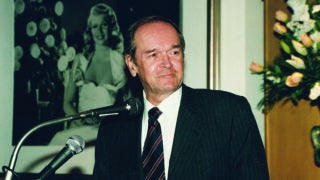USC Thornton at forefront of music education, says arts trailblazer
Former president of the New England Conservatory of Music lauds the accomplishments and innovative ideas at USC’s music school
Last month, Tony Woodcock, a pioneer in the fields of arts management and music education, visited the USC Thornton School of Music to consult with the next generation of professional musicians. Inspired by the innovations he observed, he has published a two-part story on the school and its programs for The Huffington Post (Part 1 and Part 2).
Formerly president of the New England Conservatory of Music, Woodcock has managed orchestras around the world. He has organized international tours, forged agreements between major orchestras and collaborated with classical and popular artists from Paul McCartney to Yakov Kreizberg.
At the forefront of Woodcock’s articles was his enthusiasm for the educational structure of USC Thornton, which is subdivided into three divisions — Classical Performance and Composition, Contemporary Music, and Scholarly and Professional Studies. Robert Cutietta, dean of USC Thornton and the USC Kaufman School of Dance, was praised by Woodcock as “one of the most creative and innovative thinkers in the field.”
Woodcock’s admiration extended to Cutietta and the faculty, students and ensembles of the school’s Division of Classical Performance and Composition.
In classical music terms alone,” he noted, the school “can rival the best in the world.
Tony Woodcock
“In classical music terms alone,” he noted, the school “can rival the best in the world.”
Woodcock also commended USC Thornton’s community engagement programs, which have become among the largest at USC.
He expressed particular enthusiasm for the school’s Division of Contemporary Music and its Popular Music program. The division, which also encompasses programs such as film scoring, music production and music industry, is led by Vice Dean Chris Sampson, founding director of Popular Music.
“It’s serpentine-like, which the old model does not allow for,” Sampson told Woodcock, of his nonlinear approach to curriculum in the Division of Contemporary Music. “My approach can best be described as ‘the joy of the unexpected outcome,’ which quite simply allows musicians to develop in all directions.”
‘A new paradigm’ in higher education
Woodcock noted that the Popular Music program has “quickly established a vital place for itself in the music world,” emerging as one of the most selective at USC with an acceptance rate on par with Harvard University.

At the heart of Woodcock’s story is the question of whether USC Thornton’s classical and contemporary structure will, as he hopes, “have the effect of creating a new paradigm for the teaching of music in higher education.”
With the “revolutionary new ideas” championed by Cutietta, Woodcock seemed optimistic about the new approaches to professional musicianship now flourishing across both of USC Thornton’s performance divisions.
“The nexus between [the classical and contemporary music] worlds may be at USC and the Thornton School with its balanced emphasis on both,” he concluded. “Given the thoughtful and intentional processes that the Thornton School has demonstrated over many years, it is probably the best positioned school in the States at the moment to take this forward.”
“It’s exciting stuff.”



